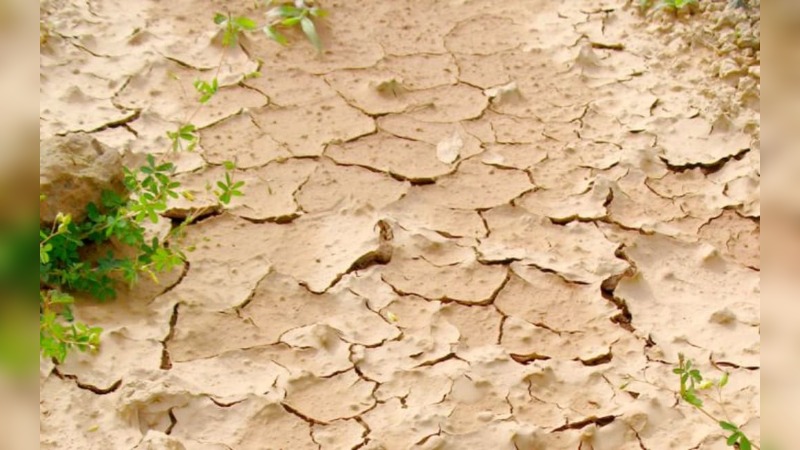Chimbu, Hela and Southern Highlands Province continue to remain under Drought Watch and these provinces will be on a three months’ timescale watch.
The National Weather Service reveals that Southern Highlands is at Drought Watch with severe vulnerability and exposure levels.
At this stage, El Nino Alert also continues, and the Climate Models suggest that a positive Indian Ocean Dipole (IOD) event is likely to develop by early September and the impacts tend to be more extreme when El Nino events are compounded with a positive IOD event.
Right now, the National Weather Office has pointed out that drought critical areas have emerged in parts of Western Province and the drought watch conditions persist for Chimbu, Hela and Southern Highlands province at a 3 months’ time scale.
At the 12-month rainfall timescale, deficiencies linger for Bougainville, East New Britain, New Ireland and Manus as well as some areas in the Highlands and Momase Provinces.
The long-term deficiencies will have different impacts to short term rain fall deficiencies thus this will result in low ground water, brackish wells and reduced stream flow may be some impacts observed at this time scale.
So Chimbu, Hela and Southern Highlands Province all have a majority drought watch status with severe exposure and vulnerability levels.
National Weather Service stated in the summary of the relevant climate drivers affecting PNG over the coming months that their ACCESS-S- outlook for September to November forecasts are average to slightly above average rainfall which will be experienced in Northern Province (Oro), Madang and East Sepik, and the rest of the country is forecasted to receive from average to below average rainfall.
At this stage, El Nino Alert Status is still current according to Australian Bureau of Meteorology.
The Indian Ocean Dipole (IOD) is currently neutral, whereby the Climate models suggest that a positive IOD event is likely to develop by early September.
During El Nino events, rain is usually reduced in most of PNG and the Highlands region sees a greater risk of frost due to colder nights caused by less clouds cover.

